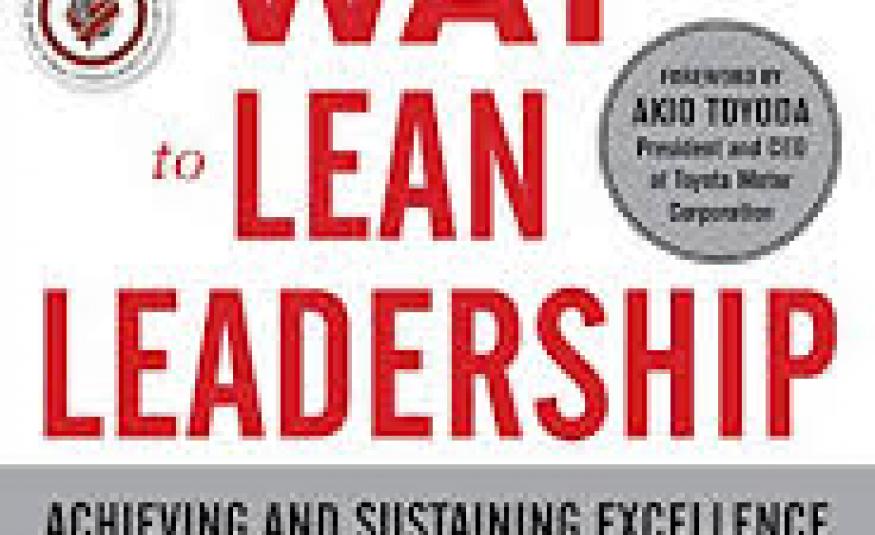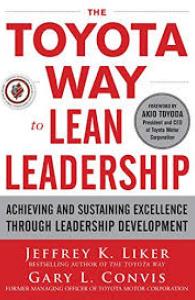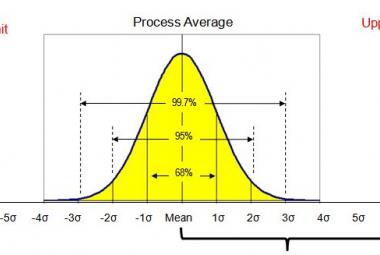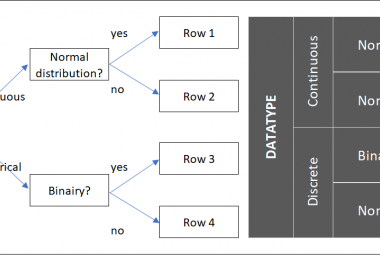In their book The Toyota Way to Lean Leadership, Jeffrey Liker and Gary Convis describe 4 stages of Leadership development at Toyota. Self development (1), Coach and develop others (2), Daily Kaizen (3) and Aligning vision goals and plans with Hoshin Kanri (4). This article will address all of them shortly.
The first Stage of leadership is SELF DEVELOPMENT. Toyota´s answer to the centuries old question whether leaders are born or taught, the answer is: yes, leaders are born, and yes, leaders need to learn. We learned from the Toyota way, that leaders are preferably selected internally. Every member of the board of directors within Toyota has been working at Toyota for more than 30 years. There are five aspects of learning at Toyota:
Using Standardized work, to prevent errors and keep your mind free from having to think about where a certain tool is, or how to work on the next step.
Having a sensei to coach you. Your future generation of leaders can only develop themselves when they receive help from others.
Learn by struggling. The sensei will start by giving the student answers on his questions, but the more mature the student becomes, the more questions the sensei will give back, to teach the student to answer his own questions.
On the job development. If you want to be a leader at Toyota, you start improving your own processes by organizing kaizen events and thereby gaining experience in both leading and improving.
Finally, challenges are increased, for instance by implementing kaizen workshops in other departments than your own, to learn more about the processes outside your own department and gain more experience in leading improvement workshops.
The second stage of leadership is COACHING AND DEVELOPING OTHERS. That means, that while you are developing yourself as a leader, you use your new acquired knowledge to coach others in your team simultaneously.
To facilitate the structure of coaching, Toyota has a typical 1:5 ratio of team leader to team members, a massive commitment to developing leaders.
The A3 principle is used to structure the coaching and learning at all levels of the organization.
The third stage of leadership is practicing DAILY KAIZEN. At Toyota, leaders are spending most of their time improving.
There are two types of kaizen within Toyota. Maintenance kaizen, the work needed to respond to deviations from the standard, and improvement kaizen, the work that is done to bring the standards to a new level. Leaders work on both these types of kaizen by adding energy to the team and supporting their team members in problem solving.
Leaders find ways to add energy to their team, to motivate others to do kaizen just as they do themselves. They do this by complimenting team members for personal performance and by handing out small rewards for every improvement made.
Next to that, they use the A3 format to coach their team members in using the 8 steps of problem solving. These are further described in the article: A3 Thinking.
The fourth stage of leadership is the STRATEGIC STAGE WITH HOSHIN KANRI. At this level, all leaders are involved in not only defining the strategy of the organization using the catch ball process of Hoshin Kanri, they also help achieving those targets using the daily management system.
Hoshin Kanri is the ´compass management tool´ which helps all departments in the organization to line up and work towards the same goal. (For more detailed information, read the article on hoshin kanri). Within this process, all managers use the catch-ball principle to agree on targets per department at the beginning of the year.
The daily management system is then used to measure the progress of achieving these targets. Within this system, all KPI´s are cascaded from management level to shop floor level. Metrics such as safety, quality, productivity costs and human resources are visualized using red amber and green, and contain graphs to show trending.
Every promotion in Toyota is based on these four stages. That means, that when a person is not willing to learn and improve himself, he will not be considered for promotion. When you are a team lead, you are expected to lead by example and organize kaizen to improve processes within and outside your department.
What I like, is that the learning by doing approach is embedded in this process. While an individual is learning to improve himself, he also spends time practicing his coaching skills by teaching others how to improve at the same time.
Finally, what this book taught me, is the link between leadership development and goal alignment. Every leader in the organization should be involved in the yearly target setting and in achieving the goals using the daily management system.
Continue Reading:
It´s About Time - R.Suri (summary)
Reference:
Liker, J. K., & Convis, G. L. (2102). The Toyota Way to Lean Leadership. New York: McGraw Hill. (order this book)












